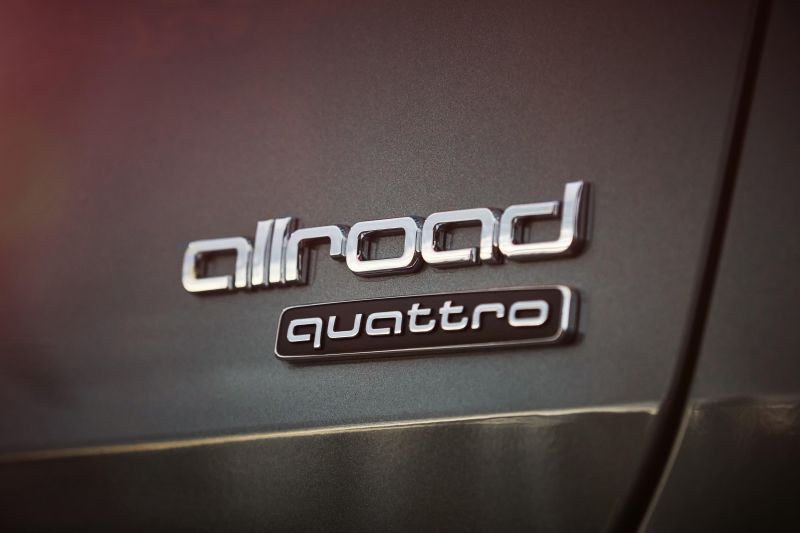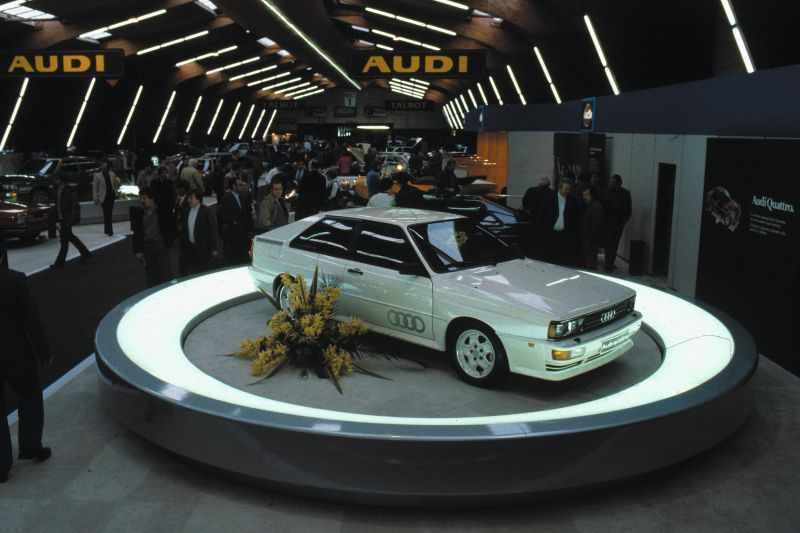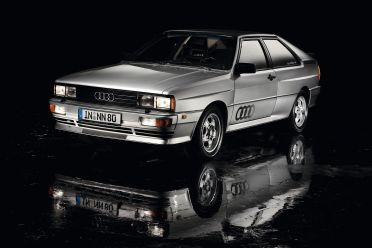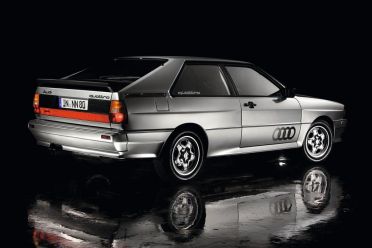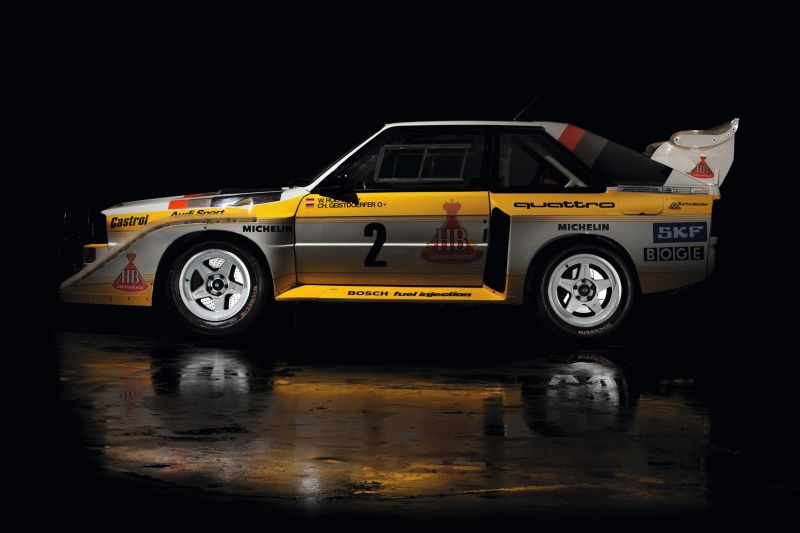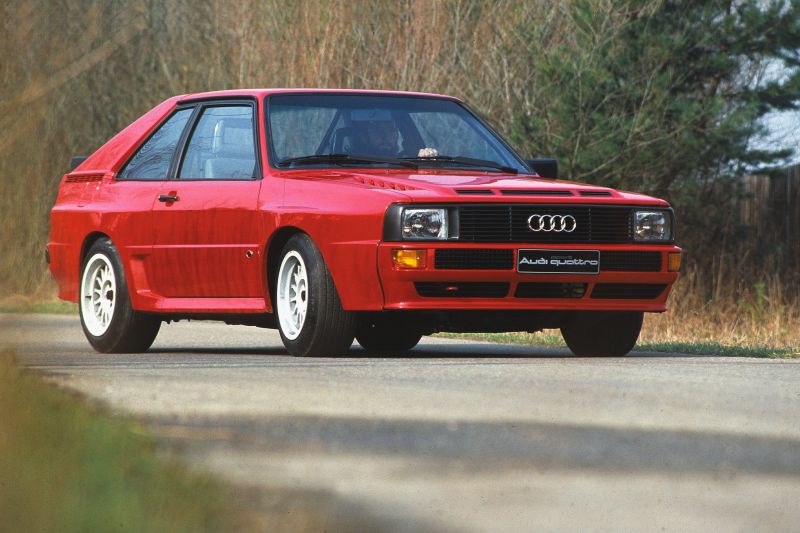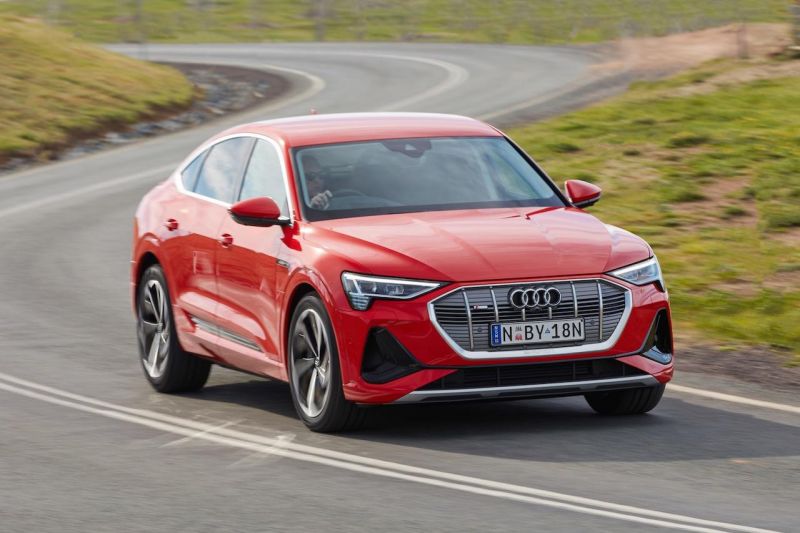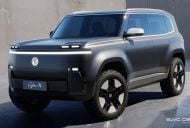Audi is celebrating the 40th birthday of its Quattro all-wheel drive system.
Developed for rallying and debuted in the 1980 Quattro, also known as the ur-Quattro, the technology is still a fundamental piece of the Audi appeal.
The brand says it has sold 10,947,790 cars with all-wheel drive since the launch of the ur-Quattro. Of all the Audis sold in 2020, 44 per cent have a Quattro badge on their boot lid.
Audi wasn’t the first brand to slot a four-wheel drive system into a passenger car, nor is it alone today in offering all-wheel drive in its regular family hatchbacks, sedans, and wagons.
But it has been uniquely committed to the technology over the past four decades, and was unquestionably ahead of the curve when it comes to harnessing the benefits of all-wheel drive in performance cars.
As power figures have spiralled out of control, one-time rear-wheel drive purists Mercedes-Benz and BMW have turned to all-wheel drive to tame their flagship performance cars and make them drivable in cold, wet, and snowy conditions.
Here’s a look at where the Quattro story started, and how it evolved over its life.
1980 Audi Quattro
Unveiled at the 1980 Geneva motor show, the Quattro was based on the bones of the BMW 3 Series-rivalling Audi 80 coupe.
“Today sees the première of all-wheel drive for the road-going passenger car,” then-Audi R&D boss Ferdinand Piech told the crowd.
According to Audi, the inspiration for the Quattro came from a military four-wheel drive brought along to test support front-wheel drive prototypes in snowy Sweden.
Impressed by how capable the four-wheel drive was, engineers from Audi set about creating a version that would fit into a passenger car.
Power in the original Quattro came from a five-cylinder turbocharged petrol engine with 147kW of power and 285Nm of torque, good for a claimed 100km/h sprint time of 7.1 seconds.
Despite the fact it was the most expensive Audi at the time, the Quattro was a relatively strong seller. Although it only needed to sell 400 to meet homologation requirements for Group 4 rallying, the four-ringed brand shifted almost 2000 in its first two years on sale.
The original was followed by a more powerful Sport Quattro in 1984. With 225kW and 350Nm from its five-cylinder engine and a shorter wheelbase than the regular Quattro, it was the base for Audi’s entry to the wild Group B rallying, where the Quattro went head-to-head with turbocharged monsters like the Lancia 037, Ford RS200, and Metro 6R4.
Audi won the constructor’s title in 1982 and 1984, and came second to Lancia in 1983. It pulled out of the competition in 1986 after the death of a spectator in Portugal.
Very few examples of the road-going Sport Quattro were built. Audi only needed to homologate 200 to qualify for Group B, and produced just 214. Only around 160 actually reached customers, with the rest used as prototypes and internal test cars.
Although 200 seems like very few, some of the games played by carmakers to get around Group B homologation restrictions are legendary. The Sport Quattro was almost mass-produced compared to some of its racing rivals.
The ur-Quattro and Sport Quattro that followed were more than technical pioneers for Audi, they also set its styling direction. The blistered guards that feature on everything from the A1 hatchback to the large A6 sedan were inspired by the arches on the Quattro, which were actually an example of form following function.
Rather than using an all-new body, Audi wanted to use as much 80 sheetmetal as possible. The blistered fenders were simply a way for Audi to set the Quattro apart from its more mundane siblings without spending too much money.
What came next?
Having debuted Quattro technology in 1980, the all-wheel drive formula was refined in 1986 with the introduction of a Torsen (torque-sensing) differential capable of sending up to 75 per cent of the engine’s torque to the axle with less traction.
The first TT debuted an electronically-controlled multi-plate clutch in the central differential allowing the car to run in front-wheel drive when conditions are good, before rapidly sending power to the rear axle when slip is detected.
In 2005 the RS4 Avant debuted a rear-biased 60/40 torque split for performance-focused models, and has since added a ‘Sport Differential’ option for more precise control of where the torque on an individual axle can be more precisely apportioned.
The latest developments in the world of Quattro have come in the E-Tron electric SUV. Audi, along with its rivals, is using dual- and tri-motor powertrains to deliver a new type of all-wheel drive.
With no mechanical link between the axles, the all-wheel drive in dual-motor electric vehicles is computer controlled. Audi says its system can call for torque from one of its electric motors in just 30 milliseconds if it detects slip.
Electric all-wheel drive systems can also do proper torque vectoring. Rather than a brake-based system, which can tighten a car’s line around a corner by braking an inside wheel, proper torque vectoring allows more torque to be sent to the outside wheel.





